Difference Between Capital One Cards

In the complex world of credit cards, navigating the various options can feel overwhelming. Capital One, a major player in the credit card market, offers a diverse portfolio of cards, each designed to cater to specific financial needs and spending habits. Understanding the nuances between these cards is crucial for consumers aiming to maximize rewards, minimize fees, and build a strong credit history.
This article breaks down the key differences between popular Capital One cards. The goal is to help readers make informed decisions about which card aligns best with their individual financial circumstances. We will examine rewards structures, interest rates, fees, and other features to provide a comprehensive comparison.
Rewards Programs: Earning and Redemption
Capital One offers a variety of rewards programs, primarily focusing on cash back and miles. These programs cater to different spending patterns.
Cash Back Cards
The Capital One Quicksilver Cash Rewards Credit Card is a popular choice for its simplicity. It offers a flat 1.5% cash back on all purchases.
The Capital One SavorOne Cash Rewards Credit Card offers tiered cash back, earning 3% on dining, entertainment, streaming services, and at grocery stores (excluding superstores like Walmart and Target). It also earns 1% on all other purchases.
The Savor card is targeted towards consumers who spend heavily on dining and entertainment. Cardholders can redeem cash back as a statement credit, check, or gift card.
Miles Cards
The Capital One Venture Rewards Credit Card is designed for travel enthusiasts. It earns 2 miles per dollar on every purchase, every day.
The Capital One Venture X Rewards Credit Card is a premium travel card offering enhanced benefits. Benefits include 10 miles per dollar on hotels and rental cars booked through Capital One Travel, and 5 miles per dollar on flights booked through Capital One Travel.
Miles can be redeemed for travel purchases, transferred to airline and hotel partners, or used for statement credits. The Venture X card also provides access to Capital One Lounges and Priority Pass Select lounges.
Interest Rates and Fees
Interest rates and fees can significantly impact the overall cost of using a credit card. It is essential to compare these factors carefully.
Capital One credit cards typically offer variable Annual Percentage Rates (APRs). The specific APR a cardholder receives depends on their creditworthiness.
Some cards, like the Quicksilver and SavorOne, often come with introductory 0% APR periods for purchases and balance transfers. These periods can be beneficial for consumers looking to finance large purchases or consolidate debt.
Annual fees vary widely among Capital One cards. The Quicksilver and SavorOne cards have no annual fee, while the Venture and Venture X cards do. The Venture X card, while carrying a higher annual fee, often justifies the cost through its travel benefits and credits.
Late payment fees and over-the-limit fees can also apply. Responsible card usage and timely payments are crucial for avoiding these charges.
Credit Score Requirements
Different Capital One cards cater to different credit profiles. Some cards are designed for consumers with excellent credit, while others are more accessible to those with fair or limited credit history.
The Venture and Venture X cards typically require good to excellent credit scores. Applicants should have a history of responsible credit usage.
The Quicksilver and SavorOne cards are often available to those with good credit. Some versions of the Quicksilver card are specifically targeted towards those with fair credit, like the Capital One QuicksilverOne Rewards Credit Card.
Capital One also offers secured credit cards, like the Capital One Platinum Secured Credit Card, for individuals with limited or no credit history. Secured cards require a security deposit, which typically serves as the credit limit.
Additional Benefits and Perks
Beyond rewards and interest rates, Capital One cards offer a range of additional benefits and perks. These benefits can add significant value for cardholders.
Many Capital One cards provide travel accident insurance, rental car insurance, and purchase protection. These protections can provide peace of mind when making purchases or traveling.
The Venture X card offers a $300 annual travel credit for bookings made through Capital One Travel. It also provides a Global Entry or TSA PreCheck application fee credit.
All Capital One cards offer access to CreditWise, a free tool that allows cardholders to monitor their credit score and credit report. This tool can help consumers track their credit health and identify potential issues.
Choosing the Right Card
Selecting the right Capital One card depends on individual spending habits, financial goals, and creditworthiness. Consider the following factors:
Evaluate your spending patterns to determine which rewards program aligns best with your lifestyle. If you spend heavily on dining and entertainment, the SavorOne card might be a good choice. If you prefer a simple cash back structure, the Quicksilver card could be a better fit.
Assess your credit score to determine which cards you are likely to be approved for. Check your credit report for any errors or inconsistencies before applying.
Carefully consider the annual fees and interest rates associated with each card. Weigh the benefits and perks against the costs to determine if the card is a worthwhile investment.
By carefully evaluating these factors, consumers can confidently choose a Capital One card that aligns with their needs and helps them achieve their financial goals.
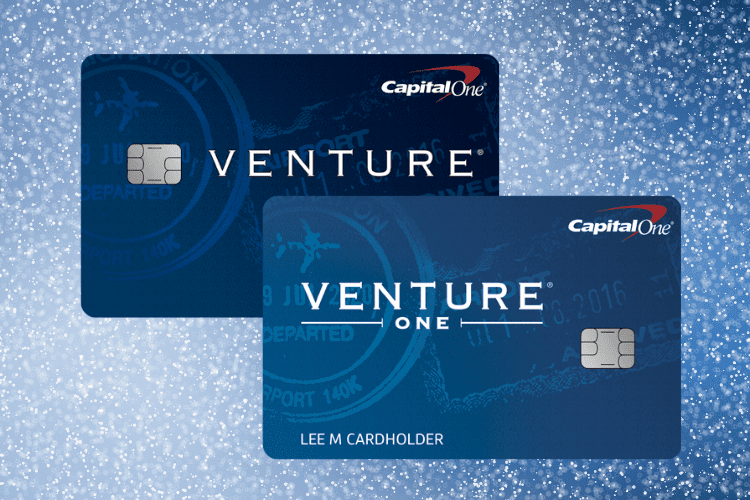
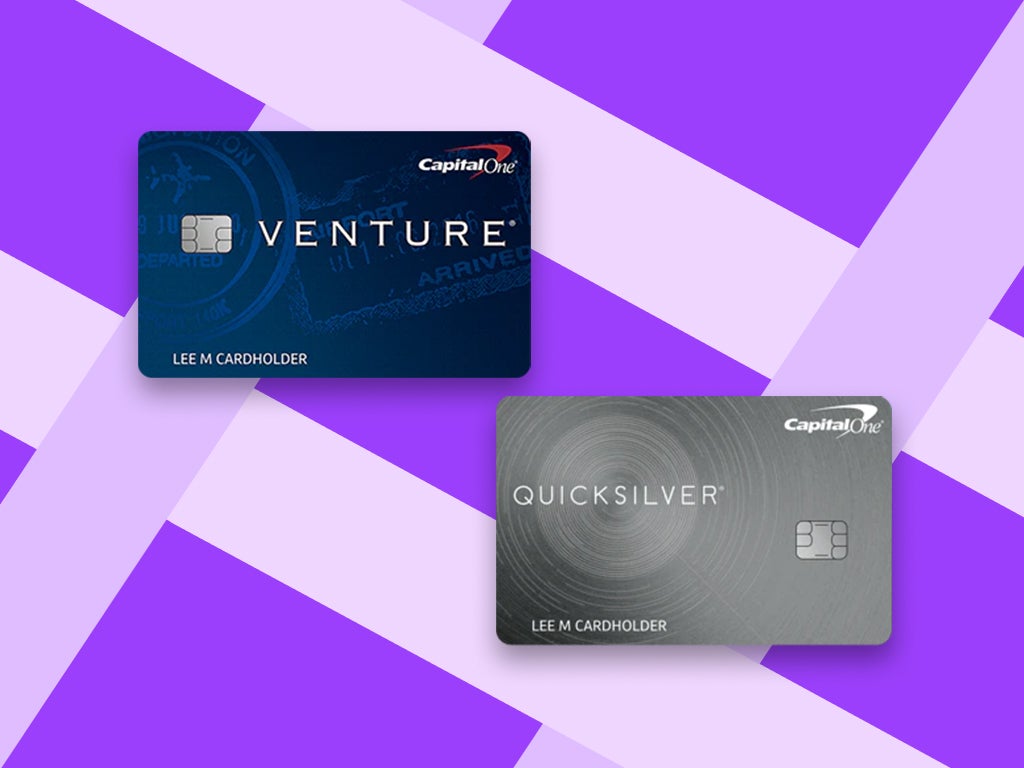
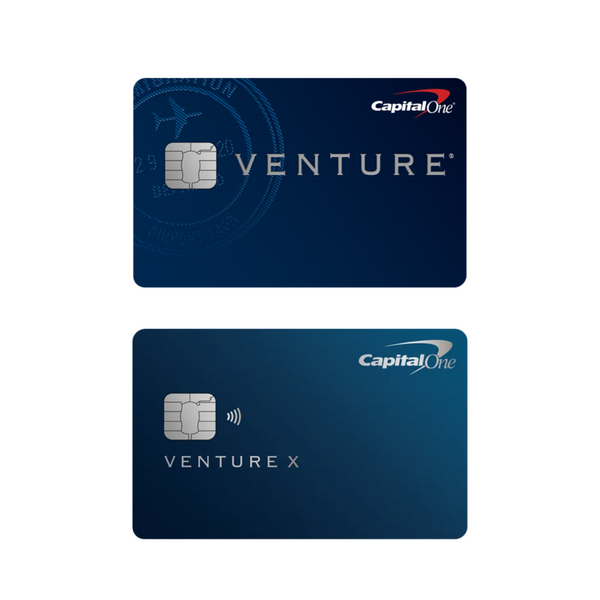



![Difference Between Capital One Cards Capital One Venture Card vs. Capital One Venture X Card [2025]](https://upgradedpoints.com/wp-content/uploads/2021/12/Capital-One-Venture-X-vs-Capital-One-Venture-Upgraded-Points-LLC.jpg)
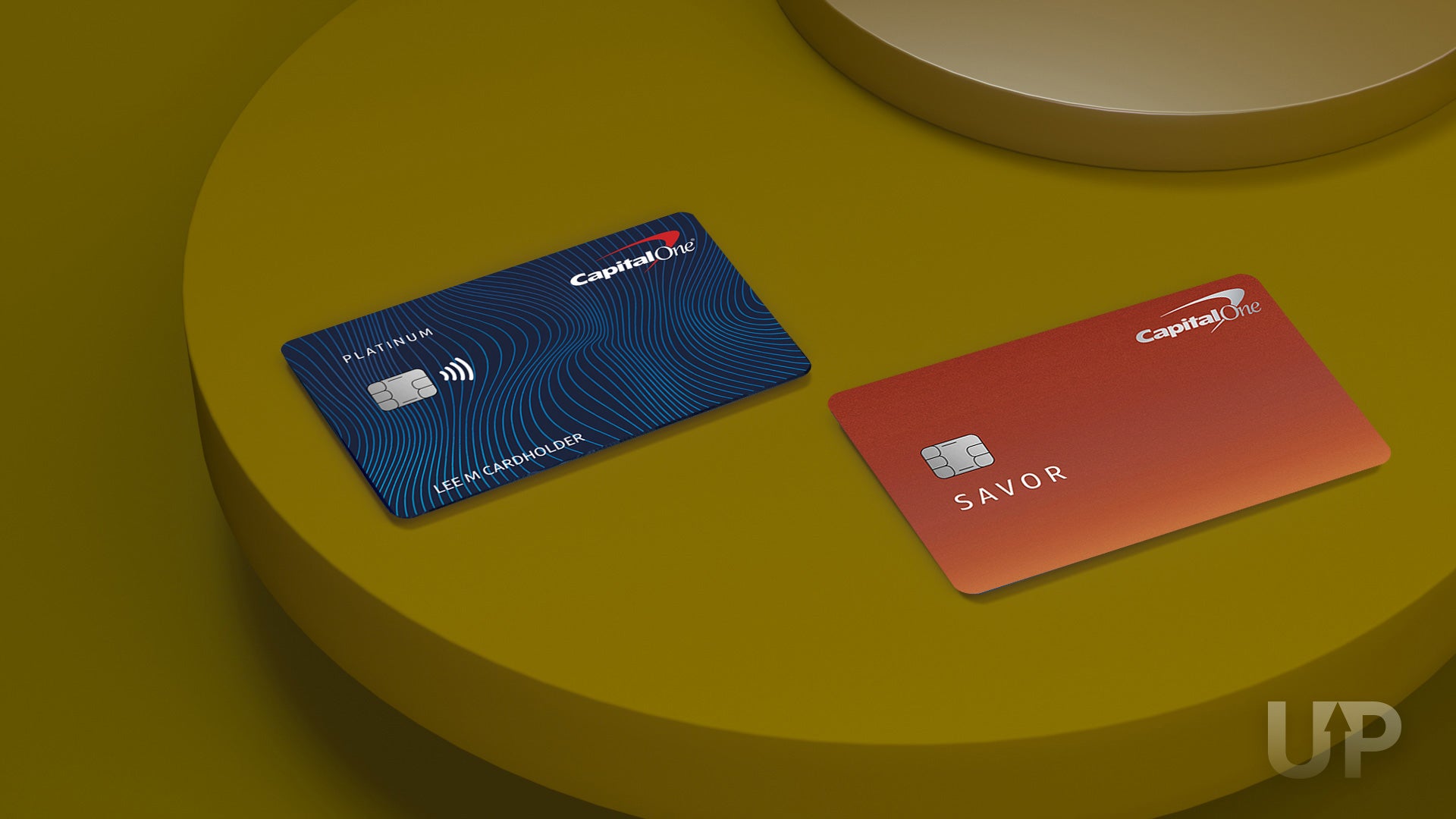
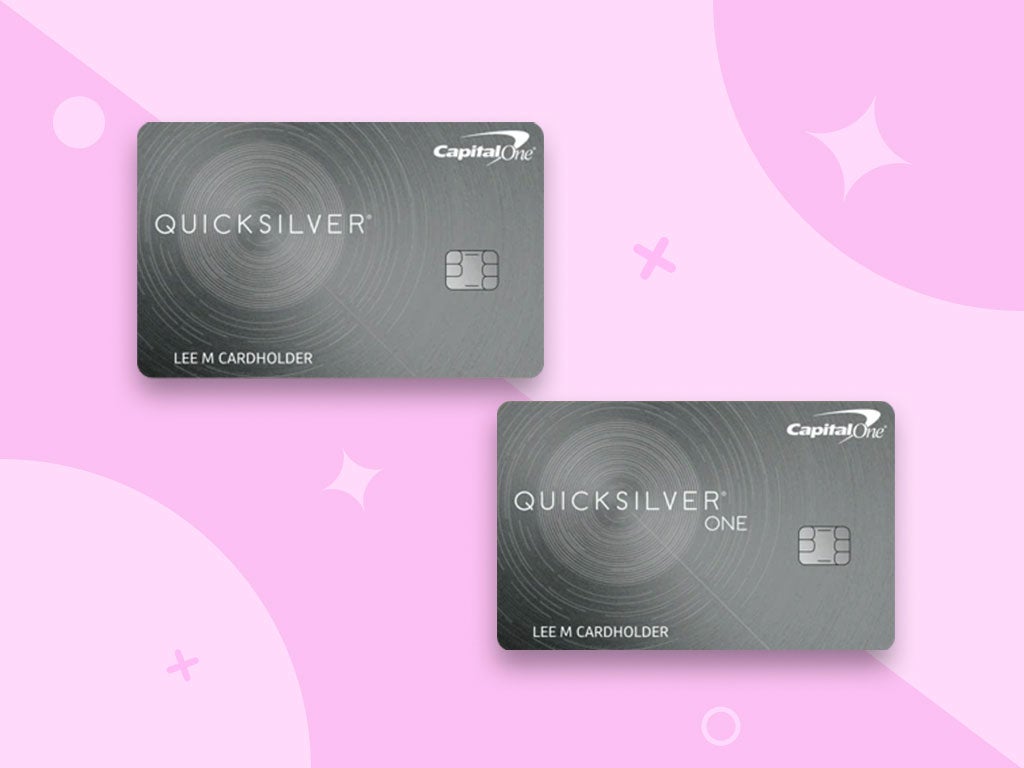
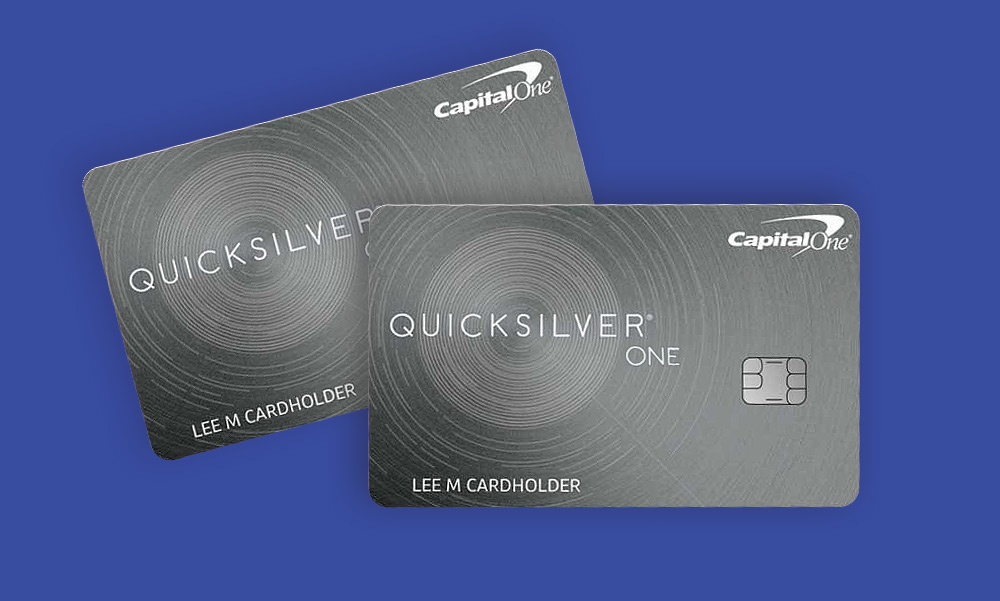
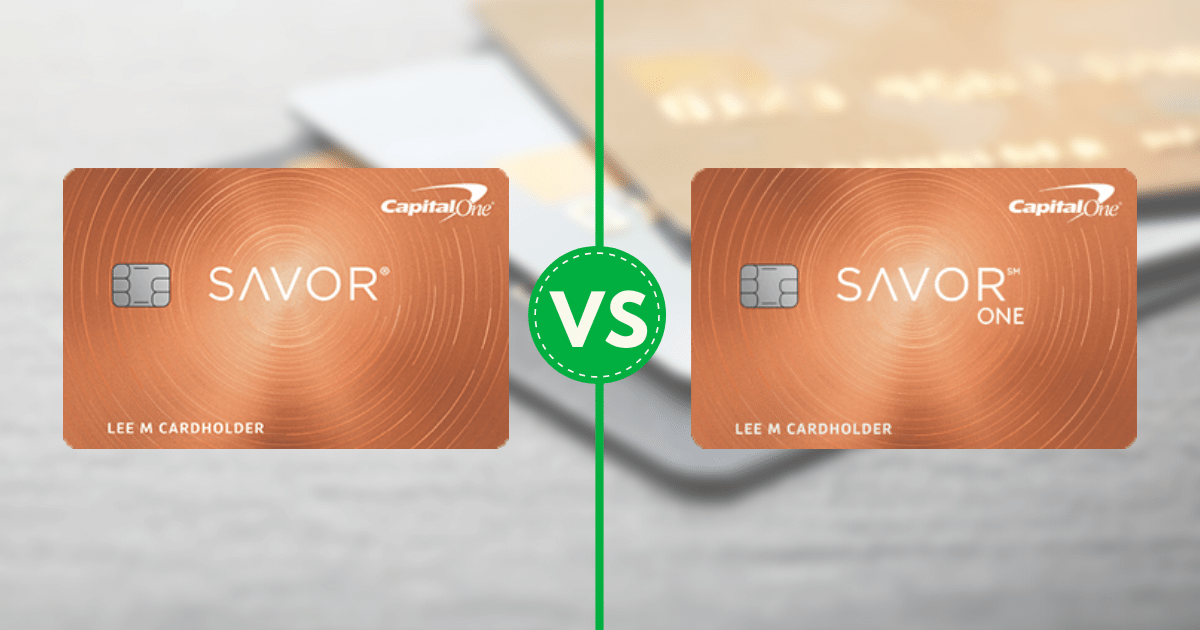

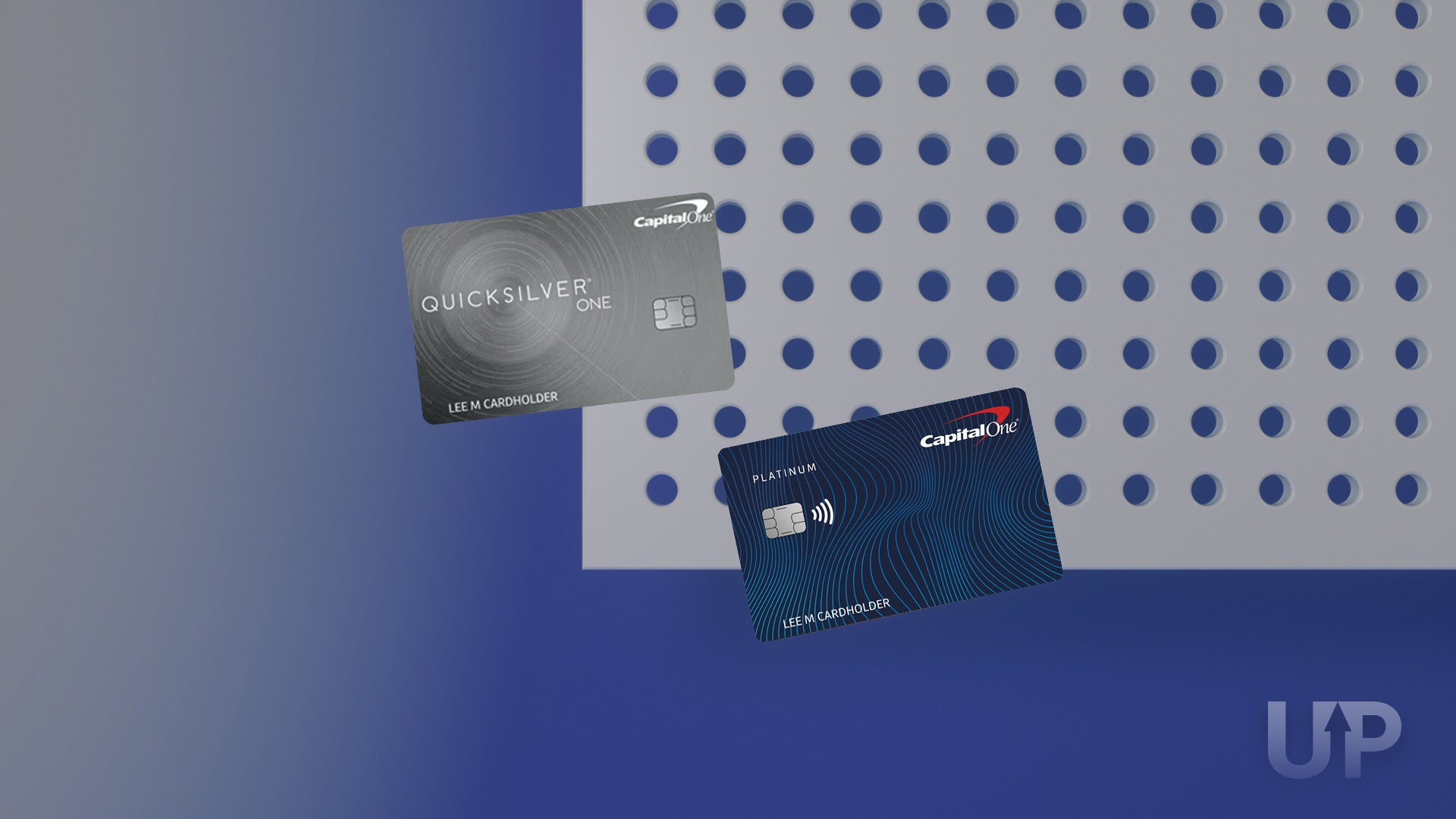

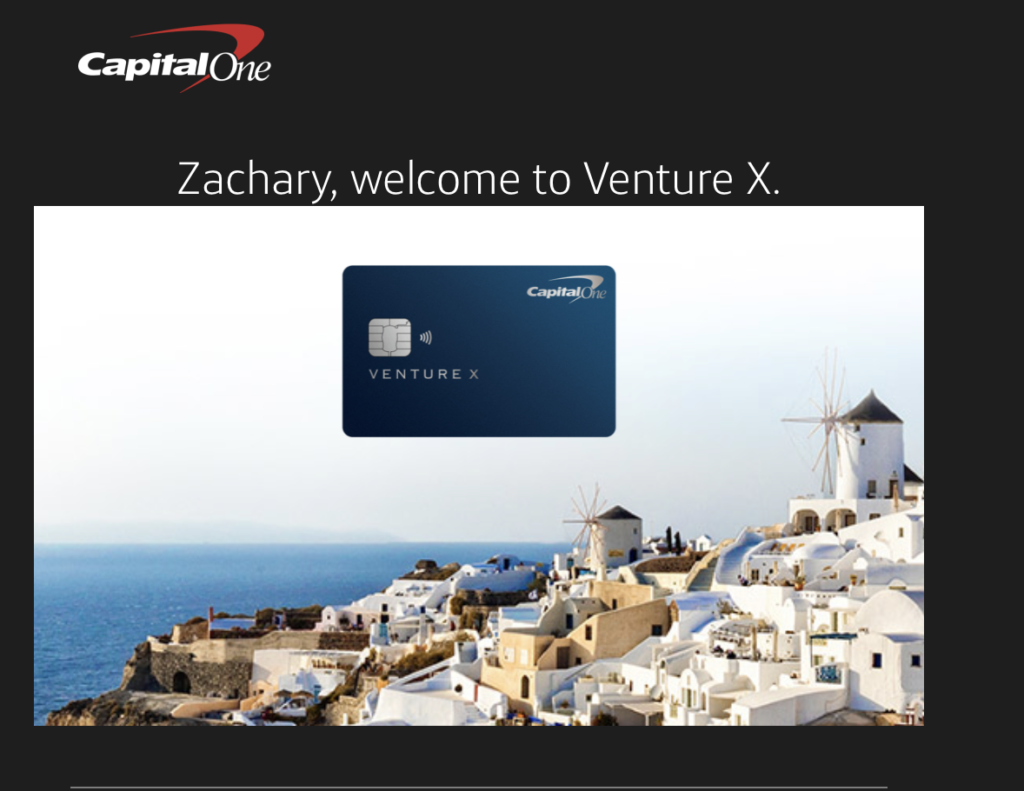
![Difference Between Capital One Cards How To Upgrade a Capital One Card: A Complete Guide [2025]](https://upgradedpoints.com/wp-content/uploads/2025/03/Capital-One-Venture-upgrade-comparison-details.png?auto=webp&disable=upscale&width=1200)


